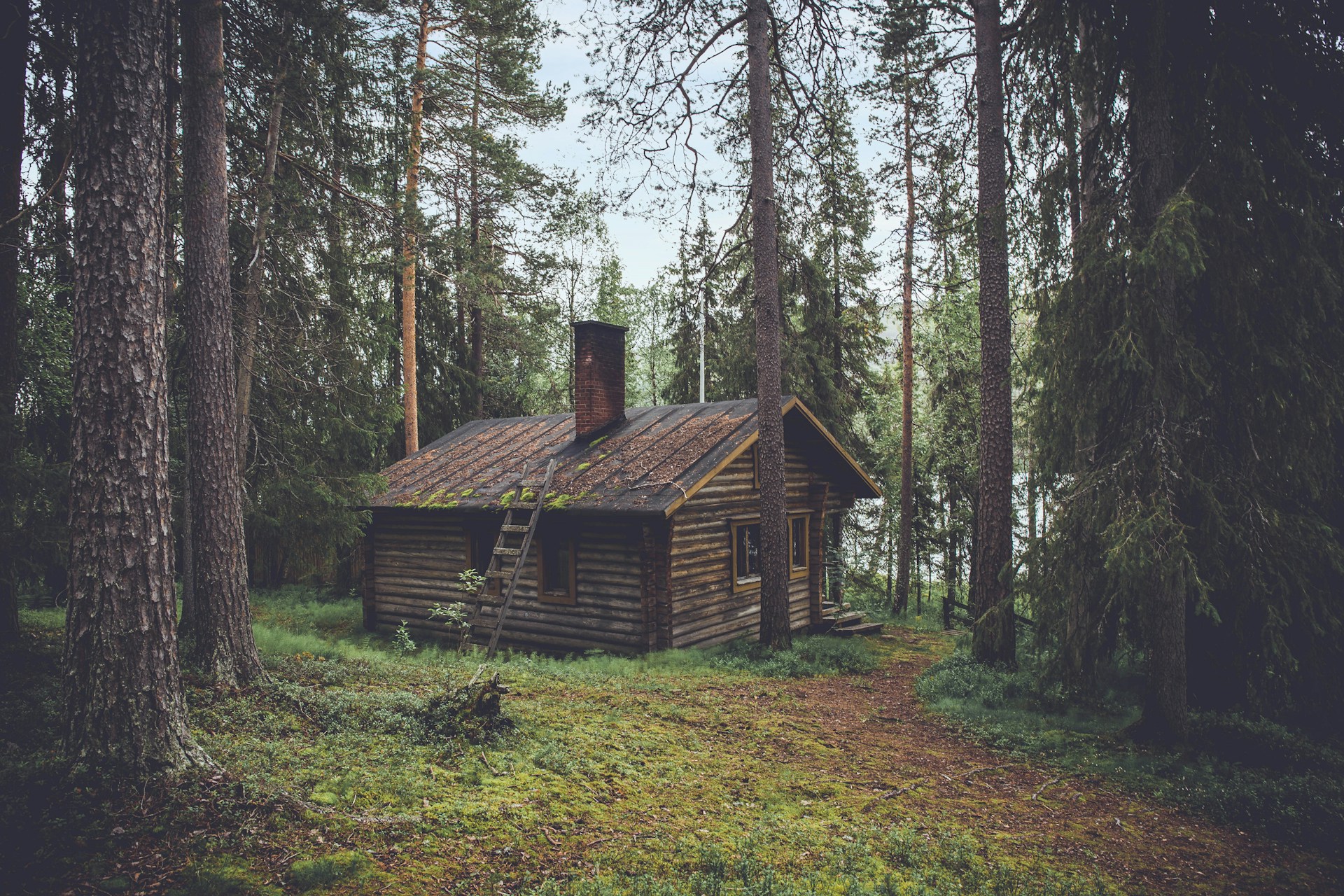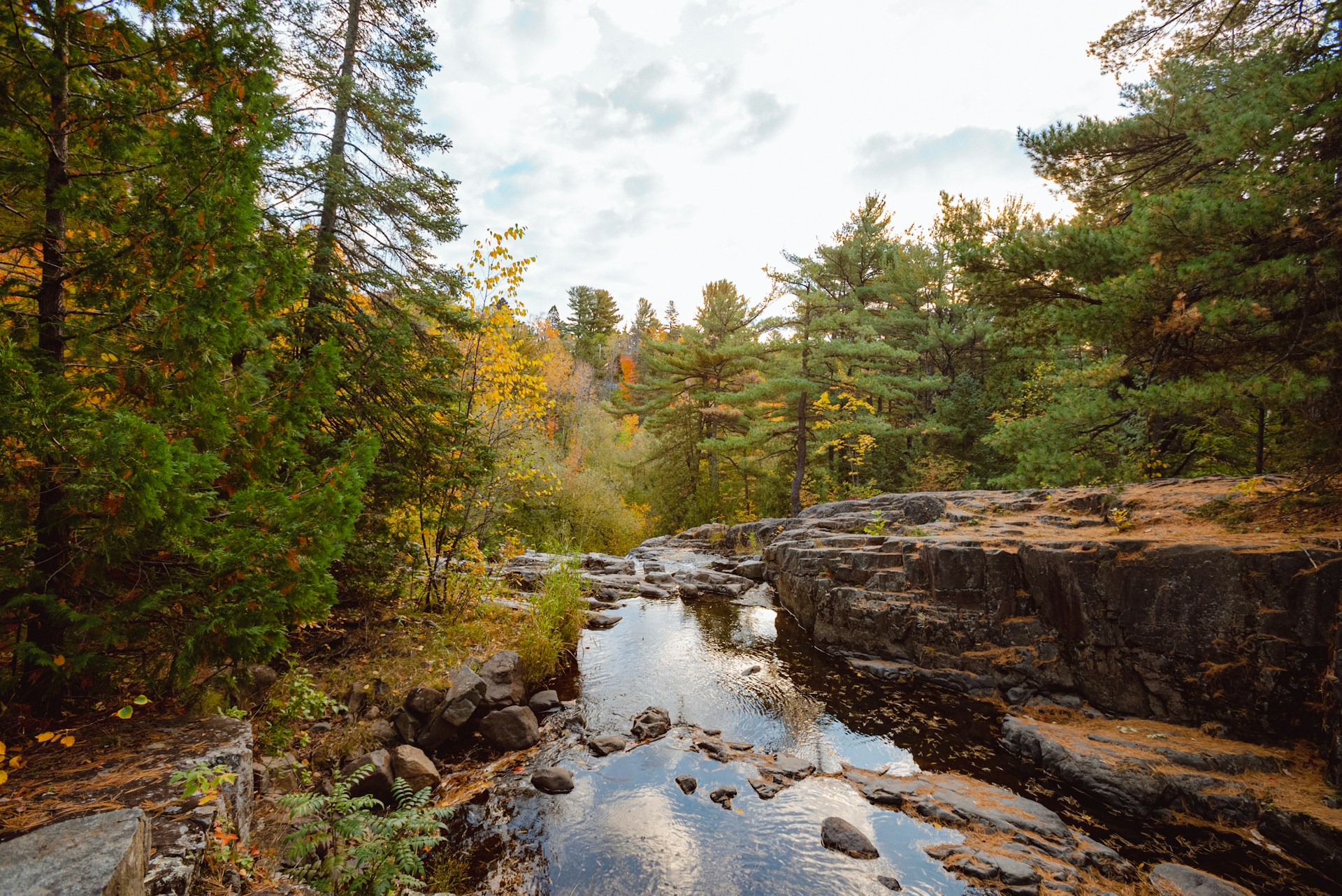Preparedness
Master the Essential Skill of Sheltering in Place Today

In today’s unpredictable world, the ability to “shelter in place” is an essential skill for survival. This practice involves locating a secure indoor space and remaining there until authorities give an “all clear” or advise evacuation. Various scenarios, such as an active shooter, severe weather, or hazardous materials, could necessitate this protective measure.
When local officials instruct you to “stay put,” it is crucial to act swiftly. Tune into local radio or television broadcasts for specific instructions tailored to the emergency at hand. Generally, the first step is to get inside, bringing along loved ones, emergency supplies, and pets if possible.
Once inside, identify a safe location based on the nature of the threat. For instance, during a chemical event, a room high in the structure with minimal windows and doors is ideal. Conversely, for tornadoes or radiological threats, a lower part of the building is safer.
Once settled, it’s important to communicate with your emergency contact.
“Call or text your emergency contact. Let them know where you are, if any family members are missing, and how you are doing.”
To ensure emergency lines remain open, use your phone sparingly, only for life-threatening situations.
Stay informed by continuously listening to updates via radio, television, or phone. Remain in your shelter until officials declare it safe to leave. If evacuation is necessary, adhere strictly to their instructions.
In certain emergencies, you may need to prevent outside air from entering your shelter. Officials may instruct you to “seal the room.” This involves turning off air-moving devices like fans and air conditioners, bringing clean emergency supplies into the room, and blocking air entry points.
Once the danger has passed, restore air circulation by turning on fans and opening windows. Everyone should vacate the building temporarily to allow fresh air exchange.
For those preparing to shelter in place during a chemical attack or leak, selecting the right room is crucial. The ideal space is a large room with a water supply, like a master bedroom with an attached bathroom, located high in the building to avoid sinking vapors. Vehicles should be avoided as shelters due to their lack of airtightness.
If you find yourself needing to shelter in place while on the road, and you can’t reach a building quickly, follow these steps:
“Pull over to the side of the road. Stop your vehicle in the safest place possible and turn off the engine.”
If weather conditions are warm, find a shaded spot to prevent overheating. Remain in your vehicle until officials signal it’s safe to proceed. Listening to the radio for updates is essential, and fortunately, modern car radios consume minimal battery power, allowing you to stay informed without depleting your battery.
Even after resuming travel, continue to monitor the radio and follow law enforcement directions. For those looking to deepen their preparedness knowledge, FEMA offers a comprehensive PDF booklet that serves as an excellent starting point. This resource can significantly enhance your readiness for sheltering in place.
Let us know what you think, please share your thoughts in the comments below.

Preparedness
Ignite the Impossible: Fire-Making Secrets for Rainy Adventures

Mastering the art of fire-making is essential for any outdoor enthusiast, but doing so in the rain requires an elevated skill set. Whether you’re an avid camper or hiker, knowing how to ignite a fire in wet conditions can be crucial. In dire situations, a fire can mean the difference between life and death, offering warmth and the ability to cook food.
The first step in starting a fire in the rain is to gather tinder. Pine needles are an excellent choice because they dry quickly. Alternatively, you can use tree bark, as it often has a dry side. It’s wise to carry your own firestarter for emergencies, but if you find yourself without one, these natural options can be lifesavers.
Next, seek out kindling and fuel wood. Search for dry wood in areas with natural cover, such as beneath a leaning rock, a fallen tree, or the lower branches of an evergreen. To ensure the wood is dry enough, test the kindling by snapping it; it should break easily. For larger branches, split them with a knife to access the dry wood inside.
Once your materials are collected, choose a location for your fire. Underneath a large tree is a good option, or you can create a makeshift shelter by stringing a tarp between trees. This will help shield your fire from the rain.
Creating a bed for your fire is essential to keep it off the wet ground. You can use tree bark or construct a bed from branches. This separation is crucial to prevent moisture from extinguishing your fire.
In wet weather, avoid digging a fire pit, as it can fill with water. Instead, build your fire on a slight mound of earth. This elevation prevents water from pooling and dousing your flames.
“Note that cutting bark from a tree should in fact only be done in an actual emergency, as this can damage and even kill the tree.” This is a vital consideration for anyone practicing survival skills in the wild.
By following these steps, you’ll be better prepared to start a fire in challenging conditions. Remember, preparedness isn’t just a hobby; it’s a way of life.
Let us know what you think, please share your thoughts in the comments below.
Preparedness
Beat the Heat Naturally: Old-School Cool Tips

As temperatures rise during the hottest months, staying comfortable without relying on air conditioning can seem daunting. However, there are several effective strategies to keep cool that have been used long before air conditioning became commonplace.
One of the simplest methods is to air out your home during the cooler evening hours. “In the evening as soon as the outside temperatures have dipped below the temp in the house open up the windows and doors and let the house air out.” If safety allows, consider leaving them open throughout the night to maximize airflow.
When morning comes, it’s crucial to close up the house to trap the cool air inside. Shut all windows and doors and draw the blinds. Incorporating blackout or heat-reflecting curtains can significantly help maintain a cooler indoor environment. Additionally, keeping interior doors to the hottest rooms closed can prevent heat from spreading.
Limiting how often you open doors during the day can also help maintain the cool air within your home. If you need to go in and out, try to use doors on the shady side of the house. This simple step can make a noticeable difference in preserving a cooler atmosphere indoors.
These tips not only help you stay comfortable during the sweltering summer months but also promote a more energy-efficient lifestyle. Whether you’re new to the concept of preparedness or an experienced prepper, these strategies can enhance your ability to manage in extreme weather conditions without relying on modern technology.
Let us know what you think, please share your thoughts in the comments below.
Preparedness
Discover Hidden Water Sources in the Wild with These Tips

In the wilderness, finding water is crucial for survival. Even with the best purifying equipment, it’s useless if you can’t locate water to purify. Here are five methods to help you find water in the wild, each adaptable to your specific situation.
First, utilize your senses. Slow down and listen for the distinctive sound of running water. This sound can often be heard from a considerable distance, guiding you to a potential source. Clear running water is ideal, but its suitability depends on the filtration and purification methods you have at your disposal.
Next, observe the vegetation around you. Head towards areas with lush, green plants. The greener the vegetation, the closer you are likely to be to a water source like a creek or stream. As you approach, you may even notice an increase in humidity, signaling that water is near.
Animal behavior can also be a valuable guide. Animals need water to survive, and where they are, water is likely nearby. “Insects, for instance, can often lead you to sources of water you’d never see otherwise.” Bees, for example, need freshwater regularly, meaning their nests are usually within a couple of miles of a water source. Ants might lead you directly to water; if you notice a line of ants climbing a tree, they might be accessing water that has soaked into the wood.
Birds provide another clue. “Birds will tend to guide their flocks towards water,” so observing their flight patterns can be informative. Flocks flying close to the ground are often heading towards a water source. However, not all birds are reliable indicators. Carnivorous birds, such as hawks, have large ranges and obtain moisture from their prey, so their presence doesn’t necessarily indicate nearby water. Similarly, waterfowl like geese and ducks are not reliable indicators as they travel long distances between water bodies.
Finally, consider the behavior of mammals. While not always a sure bet, “looking for well-worn animal trails can be a good idea.” Some mammals, like pigs, tend to stay close to water sources. Following their tracks could lead you to water.
In the wilderness, resourcefulness and observation are your best allies. By using these methods, you can increase your chances of finding water, ensuring your survival in challenging environments.
Let us know what you think, please share your thoughts in the comments below.
-

 Tactical1 year ago
Tactical1 year ago70-Year-Old Fends Off Intruder with Lead-Powered Message
-

 Tactical1 year ago
Tactical1 year agoVape Shop Employee Confronts Armed Crooks, Sends Them Running
-

 Preparedness11 months ago
Preparedness11 months agoEx-Ballerina’s Guilty Verdict Sends Tremors Through Gun-Owner Community
-

 Preparedness9 months ago
Preparedness9 months agoGood Samaritan Saves Trooper in Harrowing Interstate Confrontation
-

 Tactical1 year ago
Tactical1 year agoMidnight SUV Theft Interrupted by Armed Homeowner’s Retaliation
-

 Survival Stories2 years ago
Survival Stories2 years agoEmily’s 30-Day Experience of Being Stranded on a Desert Island
-

 Preparedness10 months ago
Preparedness10 months agoArizona Engineer’s Headless Body Found in Desert: Friend Charged
-

 Preparedness10 months ago
Preparedness10 months agoBoy Saves Dad from Bear Attack with One Perfect Shot